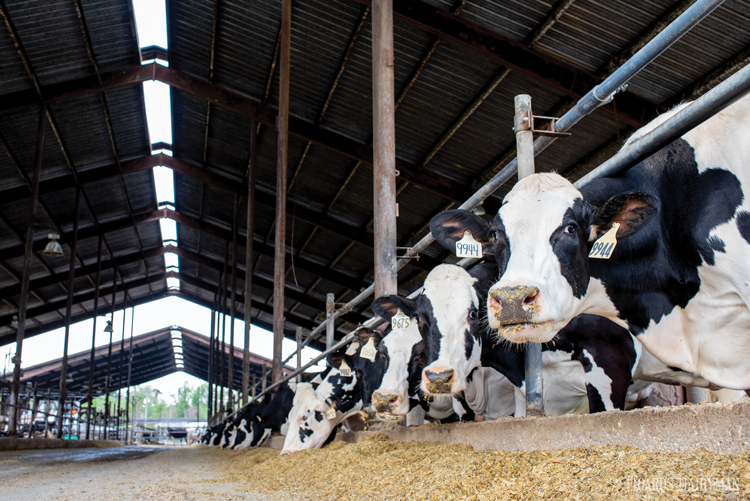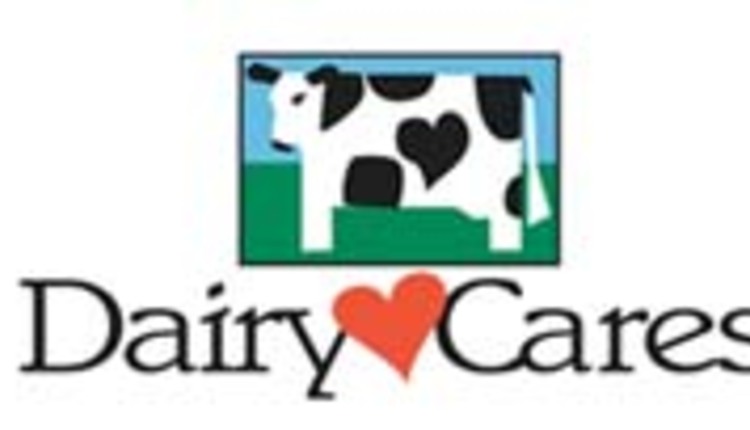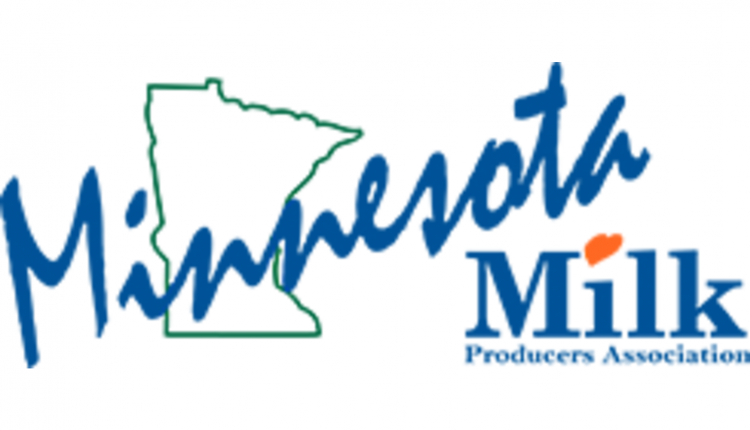
Can we assume that cows within a pen use all their resources uniformly? For example, do cows equally use any stall or feedbunk location — or do they have preferred locations within a barn or pen that they frequent more often?
Many farmers would say yes, they do notice that some cows often seem to be in one location or another when eating or lying down. But, for such a fundamental question as the potential for cows to prefer specific locations, there has been surprisingly little research conducted.
There is also a social aspect to preference, and research tells us that some cows are more likely to interact with each other when they share characteristics such as age, breed, or stage of lactation. I feel that understanding if, and to what degree, cows have location and social preferences is essential as we move toward precision management of our dairy herds.
Cows prefer certain stalls
Some cows do express preferences for specific stalls. Past research indicates that freestalls near the feed alley are more likely to be used by cows than stalls located at the back of a pen. What explains this preference remains unclear, though it may be related to a cow’s preference to observe fresh feed delivery or feed pushup. Some suggest that it may also be related to the cow’s desire to better observe the activity occurring in the feed alley. More research is needed to fully understand why cows have specific location preferences.
Early research at Virginia Tech indicated that stall preference was related to social dominance. Research in the early 2000s found that stall usage was least for stalls at the end of a row and the outside row, and that preference was affected by stall base, cow familiarity with the stall type, and barn temperature.
At Miner Institute, we found some years ago that first-calf heifers lying in stalls known to be preferred by older cows ruminated about 40% less while in the stalls than when they were lying in less preferred stalls. We did not follow up on this study, but it would be interesting to know how this substantial change in rumination time affected rumen health (including rumen pH) of these first-calf heifers in the long term.
The effect of stall preference can be astonishing. Polish research published five years ago reported that cows averaged 580 minutes daily in the preferred stalls nearest the feed alley but only 50 minutes per day in the nonpreferred stalls. That is a large effect, and perhaps unrealistic for most farms, but the research does underline the potential importance of understanding stall preferences. It certainly seems safe to conclude that assuming all stalls within a pen are equally preferred can be very wrong!
Territorial at the feedbunk
In the October 2023 issue of the Miner Institute Farm Report, I summarized in some detail a chapter in the Large Dairy Herd Management e-book available online from the American Dairy Science Association (ADSA) on cow feeding behavior. The bottom line was that cows eat at all times of the day, and they can be territorial within a pen, especially at the feedbunk. Consequently, we cannot assume that every cow will use every section of the feed bunk equally.
This territoriality or seeming preference by some cows for certain locations along the length of a feedbunk needs to be understood. For instance, if feed is routinely delivered or pushed up unevenly throughout the day, some cows may not have adequate access to feed. To date, information that indicates location preference at the feedbunk is mainly anecdotal, and we need controlled studies to fully understand the implications when designing feeding systems.
Research on preference
At last summer’s American Dairy Science Association (ADSA) meeting, we reported on whether cows of differing parity or lameness status preferred to eat or rest only in certain areas of a pen or if their use of pen resources was evenly distributed throughout the pen.
In our facility with pens containing 2-row head-to-head freestalls and 30-inch headlocks, we found that lame cows preferred to use the stalls nearest the pen exit. Regardless of whether cows were lame or sound, they also had a strong preference for eating at sections of the feedbunk close to the pen exit gate between about 6 a.m. and 9 p.m. This pattern of feedbunk preference was likely related to milking time and accessibility of feed within the feedbunk throughout the day.
This study was just an initial foray into this management question, and we hope to continue down this research road in the future. One critical point already is that, if lame cows prefer stalls close to the pen exit, then the stocking density of stalls and level of competition perceived by an individual may well be greater for a lame cow than the simple calculation of number of cows per stall.
Nonuniform use of stalls or feedbunk complicates our calculation and interpretation of stocking density within pens of cows. Our approach must always be, what degree of competition does the cow perceive?
The social aspect
In addition to location, cows have a social dimension to their preferences as well. A paper published recently by Swedish researchers concluded that dairy cows do not interact uniformly with each other. Instead, they spend substantially more time with specific cows than would be predicted just by chance.
Preference for spending time near specific cows seems to involve characteristics such as breed, stage of lactation, parity, and even how sociable the cow is. Previous work has found that calves develop enduring social relationships with other calves born at the same time. In addition, stronger social bonds may exist between relatives and cows who shared considerable time together as heifers or during the dry period.
The Swedish researchers measured positioning of 200 cows within a freestall pen automatically once each second for 14 days. When they analyzed the data, they concluded that cows interacted together most consistently when they had the same parity, were born within a week of one another, or were closely related by pedigree.
We need to understand what explains these social preferences in groups of dairy cows and the longer term consequences for productivity and health. As with preference for locations within a pen, cows have preferences for specific pen mates as well.
Optimize health and more
Although much more work remains, it seems clear that cows do not uniformly use stalls or sections along a feedbunk. Assuming that all resources within a cow’s environment are equally used is wrong.
Greater understanding of location and social preferences by cows, and what drives these preferences when they exist, ought to help us better design housing and management routines. As we move toward greater precision in how we feed and manage cows, appreciating that cows do not use their resources uniformly will be central to our ability to optimize herd productivity, health, and well-being.











